
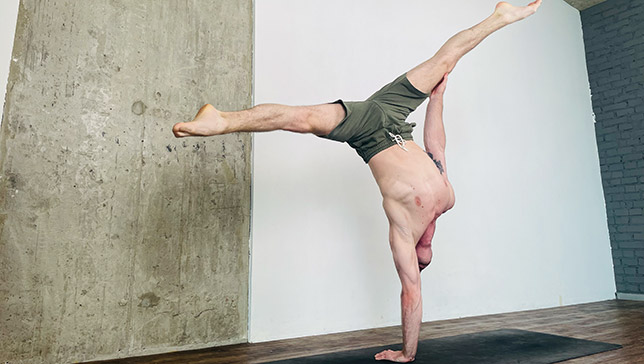
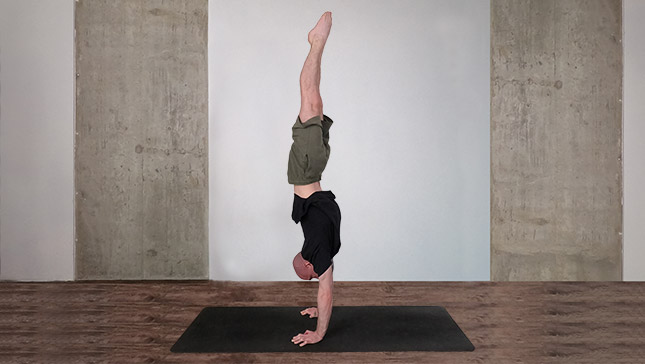
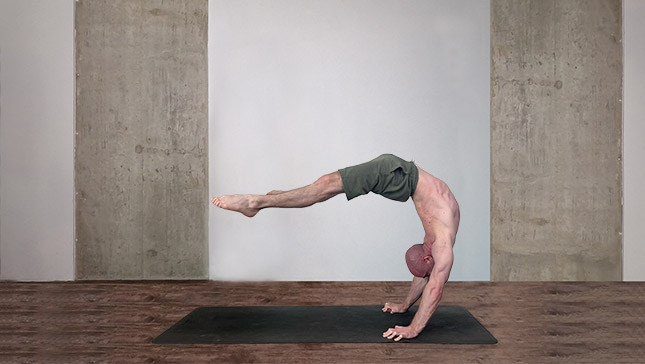
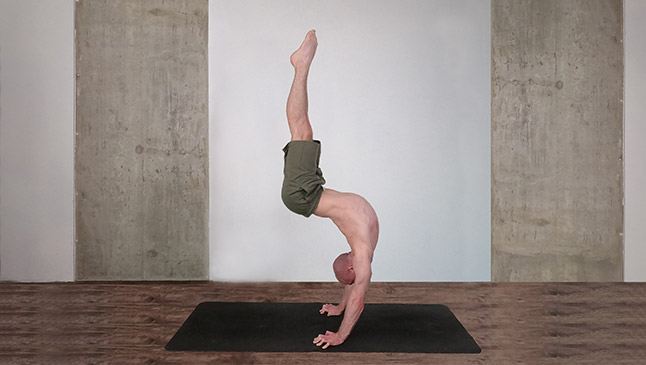
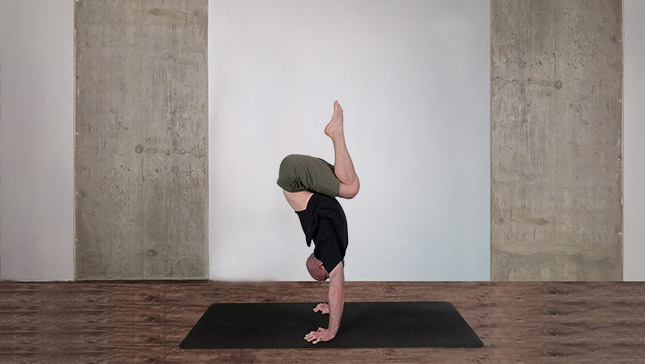
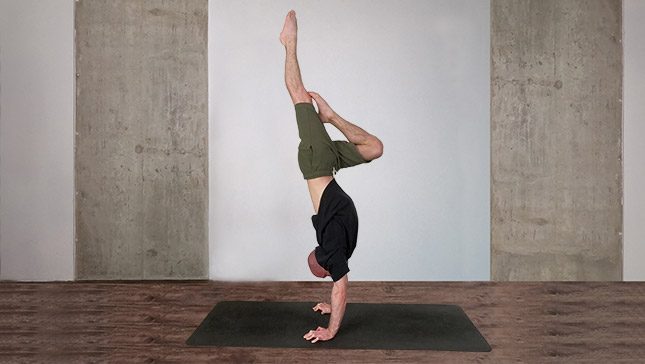
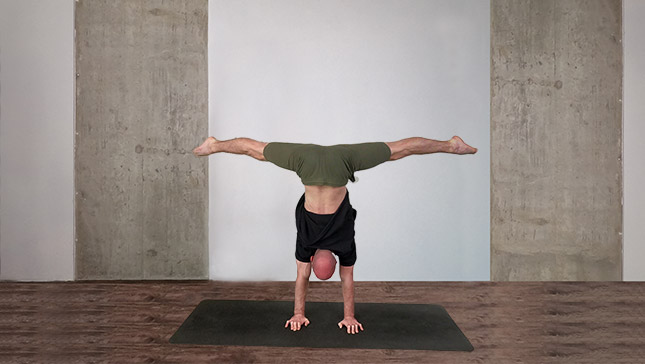

The art of the handstand is a captivating display of balance, strength, and control that has fascinated humans for centuries. From circus performers to yogis, mastering the handstand is not only an impressive physical feat but also a testament to discipline and focus. While it may seem daunting, with consistent practice, proper technique, and a patient mindset, anyone can work their way towards achieving a solid handstand.









Before diving headfirst into handstand practice, it’s crucial to establish a strong foundation. Strengthening your wrists, shoulders, and core is essential to prevent injuries and to gradually build the necessary strength for the inversion.
Core Strength: Handstands engage the core muscles extensively to maintain balance and stability. This helps strengthen the muscles that support your spine and improve overall core strength.
Upper Body Strength: Handstands work your shoulders, arms, and wrists. Regular practice can lead to increased muscle tone and strength in these areas.
Improved Balance: Balancing upside down challenges your body's proprioception and spatial awareness, leading to improved balance skills that can carry over into various aspects of daily life.
Increased Bone Density: Weight-bearing exercises, such as handstands, can help increase bone density and reduce the risk of osteoporosis.
Enhanced Flexibility: Handstands require flexibility in the wrists, shoulders, and hamstrings. Consistent practice can lead to improved joint mobility and overall flexibility.
Improved Blood Circulation: Being upside down encourages blood flow to the brain, which can improve cognitive function and mental clarity.
Boosted Confidence: Successfully mastering a handstand can boost self-confidence and a sense of accomplishment, as it represents conquering a challenging physical feat.
Energizing and Uplifting: Inversions, like handstands, can have an energizing effect on the body and mind, often leaving practitioners feeling rejuvenated and invigorated.
Wrist Issues: Handstands place a significant load on the wrists. Individuals with existing wrist injuries, pain, or limited mobility should approach handstand practice with caution and consider modifications or consulting a healthcare professional.
Shoulder Problems: People with shoulder instability, impingement, or a history of shoulder injuries should be careful when practicing handstands, as they can exacerbate these issues. Proper shoulder engagement and form are crucial to prevent strain.
Hypertension and Heart Conditions: Inversions can temporarily increase blood pressure, which may be problematic for individuals with uncontrolled hypertension or certain heart conditions. Those with such conditions should avoid or modify inversions and consult a doctor.
Neck Injuries: Handstands can strain the neck if not properly aligned. People with neck injuries, herniated discs, or chronic neck pain should avoid handstands unless advised by a medical professional.
Head Pressure: Individuals with glaucoma, detached retinas, or certain eye conditions should be cautious with inversions, as they can increase intraocular pressure and potentially worsen these conditions.
Menstruation: Some women may prefer to avoid intense inversions, including handstands, during their menstrual cycle due to the potential for discomfort or changes in blood flow.
Pregnancy: Pregnant individuals should avoid intense inversions, as they can increase the risk of falling and strain the abdominal muscles. It's recommended to consult a healthcare provider before attempting handstands during pregnancy.
Uncontrolled Blood Sugar: Inversions can impact blood sugar levels, so individuals with diabetes should monitor their blood sugar closely and consult their healthcare provider before practicing handstands.
For beginners, practicing handstands against a wall is an excellent way to build confidence and understanding of the handstand position. Here’s how to start:
As you progress and become more comfortable with wall-assisted handstands, it’s time to work on free-standing handstands. Finding balance in a handstand involves alignment, muscle engagement, and breath control.
Mastering handstands takes time, dedication, and patience. Consistent practice is essential. Incorporate handstand drills into your routine a few times a week, gradually increasing your practice time as your strength and confidence grow.
It’s important to remember that progress is not always linear. There will be days when you feel like you’re making leaps and bounds, and others when it feels like you’re taking steps back. Embrace both the successes and challenges as part of the journey.
If you’re new to handstands, seeking guidance from a certified yoga instructor, gymnastics coach, or fitness professional can provide valuable feedback and help you avoid bad habits that can lead to injury.
Remember, safety is paramount. Always warm up before attempting handstands, and listen to your body. If you experience pain or discomfort, stop and reassess your technique or seek medical advice if needed.
Mastering handstands is a rewarding endeavor that combines physical strength with mental focus. As you progress from wall-assisted handstands to free-standing balances, you’ll cultivate not only your physical capabilities but also your patience and determination. Embrace the journey, celebrate the small victories, and remember that defying gravity is within your reach with consistent practice, proper technique, and a resilient mindset.